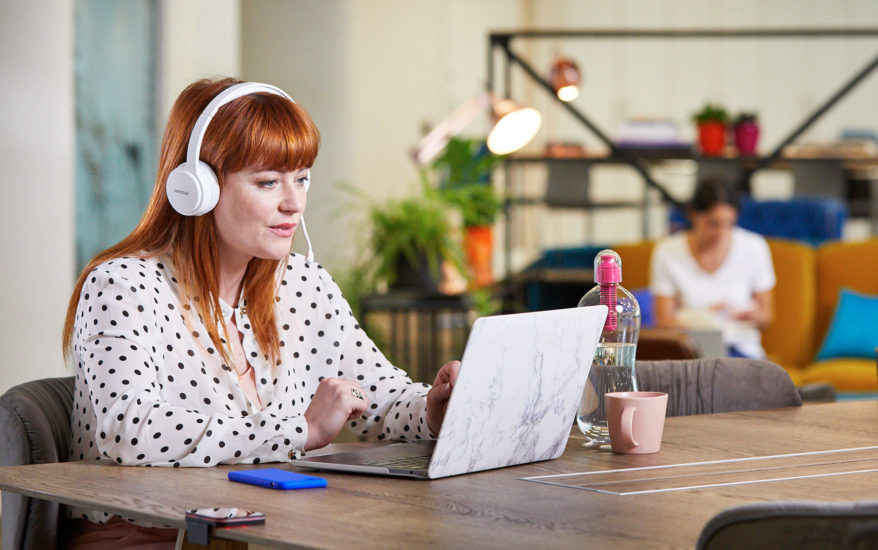
… and why businesses can’t afford to get this wrong.
Offices closed, employees working from home, and meetings being conducted at dining room tables and makeshift home offices. It’s business as usual in the new normal and how we will work in the future following the impact of the COVID-19 pandemic.
Whilst employees adjust to working in and around their home environment, business leaders across the globe are preparing buildings, offices, and workspaces for the eventual return to the office once the lockdown restrictions are lifted.
But what will this look like and what are the consequences for getting this wrong?
1. Employee safety and security
Fundamentally, the first and most important focus of the return to work strategy is employee health and safety.
Government guidelines will help to support the basis of what businesses should and shouldn’t be doing in their workspaces and offices, but if employees do not feel safe in the knowledge that their company has provided a robust, secure and safe environment for them to work in, employees will be reluctant to put their health and wellbeing at risk.
The mental challenge for a lot of employees will begin from the commute to work, in particular, those using public transport to travel into large cities and built-up areas where there are larger volumes of people. So, when workers arrive in the office, preparing an environment that takes care of employees’ physical, mental, and emotional wellbeing, especially in the initial transitional stage is critical.
2. Employee training and communication
Installing new working practices and following government guidelines on social distancing in the workplace is just the first hurdle, making sure employees understand what they need to do to adhere and uphold those practices is the next.
Before employees begin the transition back to the office, it will be vital to communicate the new rules and guidelines for making sure that everything from desk allocation, to sanitization processes and movement around the workplace are clearly outlined.
Businesses must get this right in order to prevent breaking social distancing rules and in the worst-case scenario, risk the health and safety of individuals, leading to further lockdown restrictions and ongoing damage to business functions and operations.
3. Managing the post COVID-19 office and workspace
When the economy re-opens again, competition is going to be fierce. Businesses that are fully prepared and have a comprehensive solution for managing the new workplace and office post-COVID-19, will have a competitive edge. To put it plainly, the quicker they become operational the quicker they can get back to business.
The pandemic has left a majority of companies scaling back budgets and cutting costs, so it will be tempting to find a makeshift or less efficient solution to accommodate the management of new processes. However, businesses without an effective solution to deal with new social distancing, sanitization, and contact tracing in the workspace, risk further shut down if an employee becomes infected. Causing more disruption to productivity, impact on revenue, and have a significant effect on employee trust, confidence, and desire to return to the office.
Technology as a solution
The benefits of deploying technology as a solution, allows businesses to integrate processes quickly and provide an efficient solution that will handle the workspace and office environment throughout the pandemic period and beyond. In fact, new ways of working are here to stay and when employees do migrate back to the office, it will be to collaborate and get together with customers and teams. Most people and businesses have widely recognized that their day to day can happen from the home office or a third space – at least for part of the week.
Contact tracing
The key efficiencies that technology can offer include the secure storage of data for contact tracing. Desk management and workspace software allow office managers and Human Resources (HR) departments to see where individuals were present in the workspace and who they came into contact with should anyone become infected.
Communications for sanitization
Another example of software automation includes communications for sanitization. Once an employee has used a workspace, whether that be a desk, meeting room or common area, communications can be sent to cleaning services to sanitize the workspace and prepare it for the next user.
Employee productivity
Technology solutions also help support the productivity of employees working from home who are planning to visit the office. Providing access to desk and workspace applications for optimizing scheduling and allowing them to collaborate with their colleague’s face to face.
4. Moving forward
COVID-19 has changed everything, from the way we live to the way we work and as people begin to return to the office and understand what the new normal looks like, businesses will need to provide safe and secure office and workspace environments for employees to continue to be productive whilst observing social distancing rules to keep themselves and their colleagues safe.



